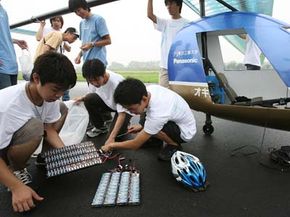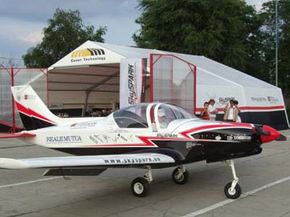While the electric car still hasn't managed to surpass its gas-guzzling counterpart, its benefits continue to resonate with drivers around the world. Imagine tearing off along a scenic highway without the guilt of high carbon emissions or the financial sting of the last gas-up. How much quieter would the world be without the throttle and groan of countless smoke-spitting engines?
Inevitably, these innovations turn our eyes skyward. More than ever, the condensation trails of aerial traffic weave patterns through the sky, but just where are the electric aircraft? While you shouldn't expect to find a "flying electric" option at the airport anytime soon, electrically powered aircraft not only exist, but the technology continues to evolve at an encouraging rate.
Advertisement
Electric aircraft and electric cars share some of the same challenges. How do you produce the desired amount of power without a combustion engine? How do you avoid weighing the vehicle down with too many batteries? Then there's the whole issue of obtaining maximum mileage without trailing miles of power cord behind you. Take these concerns with you into the clouds and overcoming them often makes all the difference between soaring and plummeting.
Of course, one can fly just fine without a powered engine. Birds have been doing it for millions of years and the first human flight successes were all non-powered. Frenchmen Albert and Gaston Tissandier actually took the world's first electrically powered flight in 1883, aboard an airship of their own design.
Since then, various electric aircraft have graced designers' blueprints -- and plenty have actually taken to the sky. In this article, we'll look at the key approaches to powering an electric aircraft and find out where the technology is headed.
Advertisement



